Table of content
Abalone, a prized marine delicacy renowned for its tender texture and briny flavor, requires careful handling to preserve its quality after purchase. Whether you’ve bought live, fresh, or cooked abalone, improper storage can lead to spoilage, texture loss, or flavor deterioration. This comprehensive guide explores expert-approved methods to store abalone at home, ensuring it remains safe to eat and retains its culinary appeal. From refrigeration to freezing and even specialized techniques like live storage, we’ll cover everything you need to know to keep this seafood treasure at its best.
Understanding Abalone and Its Storage Challenges
Abalone is a mollusk found in coastal waters, prized in global cuisines for its unique taste and high nutritional value. However, its delicate nature makes it susceptible to bacterial growth and enzymatic breakdown if not stored correctly. Live abalone, in particular, demands specific conditions to maintain vitality, while cooked or processed abalone requires sealing and temperature control to prevent contamination.
Refrigeration: The Short-Term Solution
Refrigeration is ideal for abalone intended for consumption within 2–3 days. Proper cooling slows bacterial activity without freezing, preserving texture and flavor.
Steps for Refrigerating Fresh or Cooked Abalone
-
Clean Thoroughly:
Rinse live abalone under cold running water to remove sand, debris, or salt residue. For cooked abalone, ensure no sauce or marinade clings to the surface.
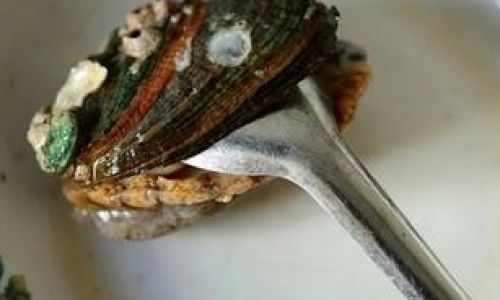
-
Prep for Storage:
- Live Abalone: Place in a shallow dish or perforated container lined with a damp cloth or seaweed. Cover lightly to retain moisture without suffocating.
- Fresh Abalone: Pat dry with paper towels and wrap individually in parchment paper or cheesecloth.
- Cooked Abalone: Store in airtight containers or resealable bags, pressing out excess air.
-
Optimize Refrigerator Conditions:
- Set the fridge to 34–40°F (1–4°C). Avoid placing abalone in the door, where temperature fluctuates.
- Store live abalone in the coldest part, ideally on a bed of ice packs (replace daily).
-
Monitor Freshness:
Check daily for signs of spoilage (off-odors, sliminess, or discoloration). Live abalone should respond to touch; lethargy indicates distress.
Freezing: Extending Shelf Life for Future Use
Freezing halts bacterial growth, making it suitable for long-term storage. However, texture changes are inevitable, so reserve frozen abalone for cooked dishes like stews or stir-fries.
Best Practices for Freezing Abalone
-
Pre-Freeze Preparation:
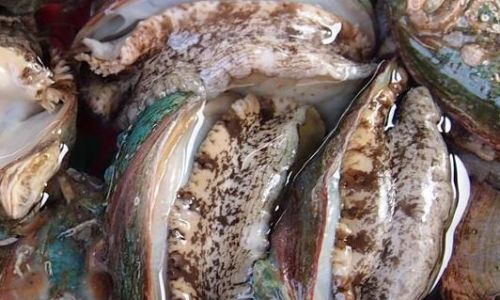
- Blanching (Optional): Submerge fresh abalone in boiling water for 1–2 minutes, then shock in ice water. This preserves color and texture.
- Remove Moisture: Pat dry to prevent ice crystal formation, which damages cells.
-
Packaging Techniques:
- Individual Portions: Wrap each abalone in plastic wrap, then foil. Place in freezer bags, removing air with a straw or vacuum sealer.
- Marinade Method: Coat abalone in oil or brine before freezing to reduce freezer burn.
-
Label and Date:
Use waterproof markers to note the freeze date. Abalone lasts 6–8 months in a standard freezer (0°F/-18°C).
-
Thawing Correctly:
Transfer to the refrigerator 24 hours before cooking. Avoid microwave thawing, which toughens the meat.
Storing Live Abalone: Keeping Them Alive
Live abalone demands meticulous care to prevent mortality, which accelerates spoilage.

Live Abalone Care Guide
-
Housing:
- Use a wide, shallow container with a mesh bottom to allow drainage. Cover with a damp towel to maintain humidity.
- Avoid standing water; instead, mist the shell and towel daily.
-
Temperature Control:
Maintain 50–55°F (10–13°C). Place the container in the coolest part of your home, away from direct sunlight.
-
Feeding (Optional):
Offer small amounts of seaweed or kelp if storing for over a week. Remove uneaten food promptly.
-
Check Regularly:
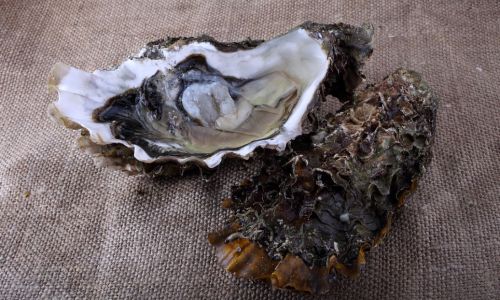
Gently tap the shell; live abalone should retract its foot. Discard any deceased specimens immediately to avoid contaminating others.
Drying and Canning: Alternative Preservation Methods
For adventurous cooks, drying or canning offers unique flavor profiles and extended shelf life.
Drying Abalone
- Slicing: Thinly slice fresh abalone meat.
- Salting: Coat slices in coarse salt for 2 hours, then rinse.
- Dehydration: Use a food dehydrator at 145°F (63°C) until brittle (8–12 hours). Store in airtight jars.
Canning Abalone
- Pressure Cooking: Pack abalone into sterilized jars with brine or oil.
- Process: Follow USDA guidelines for low-acid foods (10 psi for 90 minutes).
Common Mistakes to Avoid
- Using Tap Water: Chlorine can stress or kill live abalone. Use filtered or saltwater instead.
- Overcrowding: Live abalone need space to breathe; stack only 2–3 layers.
- Ignoring Odors: A fishy or ammonia-like smell indicates spoilage.
- Refreezing: Never refreeze thawed abalone, as this accelerates bacterial growth.
How to Tell if Abalone Has Spoiled
- Appearance: Dull color, slimy texture, or cracked shells.
- Smell: Strong, sour, or ammonia-like odor.
- Texture: Mushy or grainy consistency.
- Live Abalone: Unresponsiveness, gaping shells, or foul liquid leakage.
Conclusion: Maximizing Abalone’s Potential
Abalone’s exquisite flavor and delicate texture make it a culinary treasure worth preserving. By mastering storage techniques—whether refrigerating for immediate use, freezing for future meals, or maintaining live specimens—you can enjoy this delicacy at its peak. Always prioritize cleanliness, temperature control, and regular inspections to avoid spoilage. With proper care, abalone can grace your table for days or even months, delivering unparalleled taste in every bite.
Final Tip: When in doubt, trust your senses. Fresh abalone should smell like the ocean—briny, clean, and inviting. Any deviation from this aromatics signals it’s time to discard. By following these guidelines, you’ll transform abalone from a fleeting luxury into a lasting ingredient for memorable dishes.


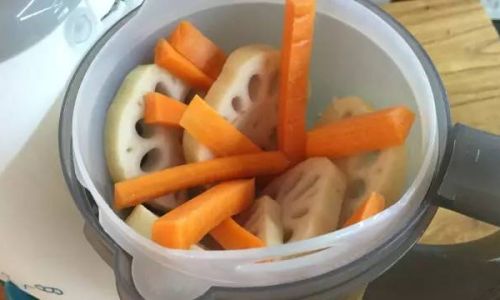


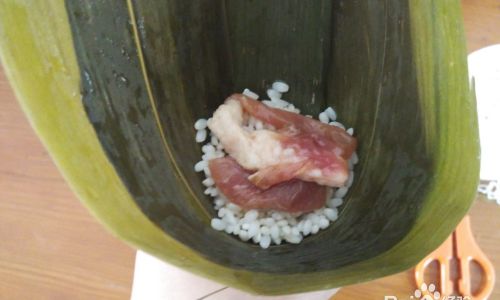
0 comments